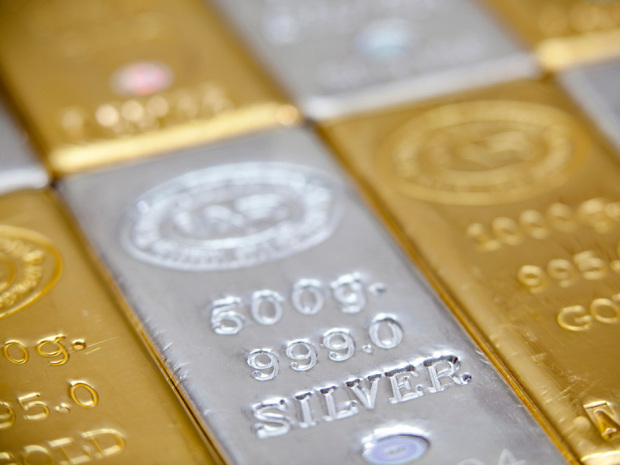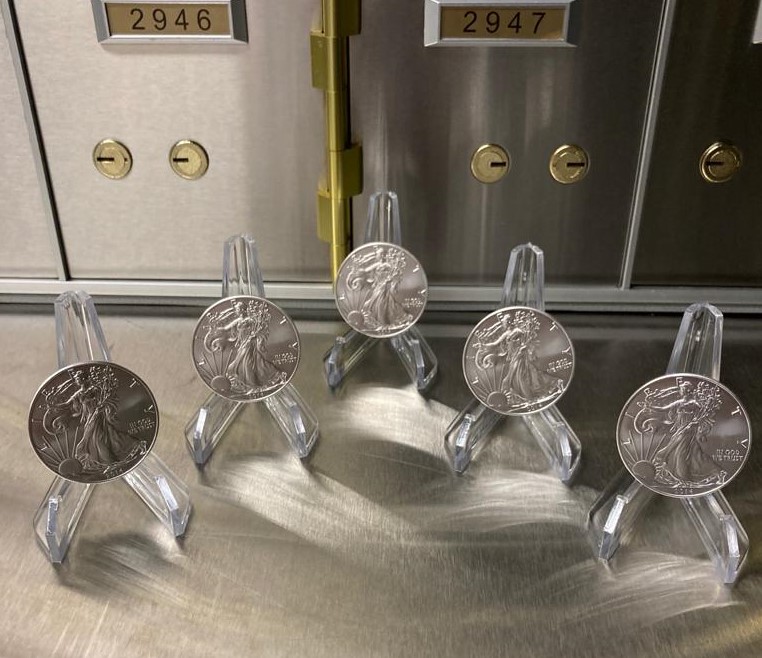
The Gold to Silver Ratio Explained: A Guide for Investors
Introduction:
As an investor interested in precious metals, an understanding of the gold to silver ratio is essential. This ratio allows for the assessment of the relationship between the prices of gold and silver, while offering an insight into market dynamics. In this blog, we will offer an explanation and interpretation of the ratio, while providing a guide to investors on how to use it effectively.
What is the gold-to-silver ratio?
The gold to silver ratio is a simple calculation that determines how many ounces of silver are required to purchase one ounce of gold. The ratio is calculated by dividing the current market price of gold per ounce by the current market price of silver per ounce. Since the abandonment of the gold standard in the 1970’s, the average gold to silver ratio equates to 65:1. At the time of writing, the gold price is at $1,950, while the silver price is at $23.86, meaning the current gold to silver ratio is 82:1.
Interpreting the ratio:
The gold to silver ratio is a key metric that investors use to measure the relative value between gold and silver. Historically, this ratio has experienced significant fluctuations, ranging from 15:1 to 100:1. A higher ratio would imply that gold is relatively more expensive than silver, and may indicate that silver is potentially undervalued. The ratio can be used by investors in a number of ways, namely: a) Market Timing, b) Portfolio Diversification, c) Broader Market Insights.
Market Timing:
Investors can use the ratio to time the buying and selling of gold and silver. A high ratio may indicate to investors that silver is undervalued compared to gold, which may present a buying opportunity for silver. Conversely, a lower ratio may suggest that gold offers better value. As mentioned, the current gold to silver ratio is 82:1, which is well above the long-run average of 65:1. Over the last 50 years, the price of silver has experienced large gains after the gold to silver ratio has surpassed the 80:1 level. The ratio has been above 80:1 since early 2022, which would suggest to investors that a rally in the price of silver may ensue.
Portfolio Diversification:
The gold to silver ratio can help investors to diversify their precious metal holdings within their portfolio in an effective manner. Allocating a portion of investments to both gold and silver can help investors to balance the benefits and risks associated with each metal. Investors can balance their holdings of each metal relative to the ratio i.e. a high ratio may lead to investors selling gold holdings and allocating more capital to silver, due to the undervaluation of the metal based on the gold to silver ratio.
Broader Market Insights:
Investors can observe the long-term trend of the gold to silver ratio to get an insight into broader market conditions. Historically, a declining ratio has been associated with periods of economic growth and rising silver prices, while a higher ratio has been associated with economic uncertainty and rising gold prices. Understanding these trends can help investors to make informed decisions in the market.
Conclusion:
Effective monitoring of the gold to silver ratio can help investors to gain valuable insights into market dynamics, and thus help in identifying potential trading opportunities. Although the ratio should not be used as a sole indicator for investment decisions, it can be used as a guide to investors on when to buy/sell their precious metal holdings by providing information on the potential undervaluation of each metal at any given point.

